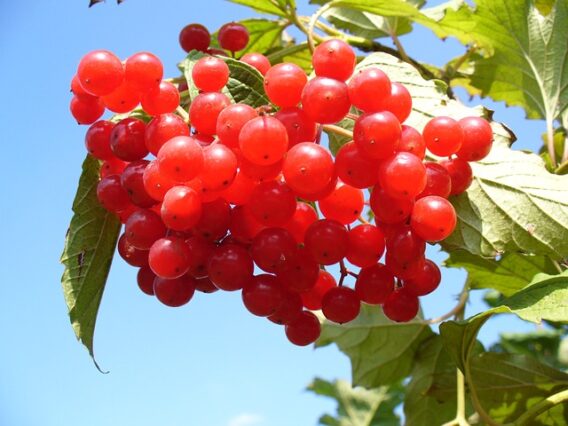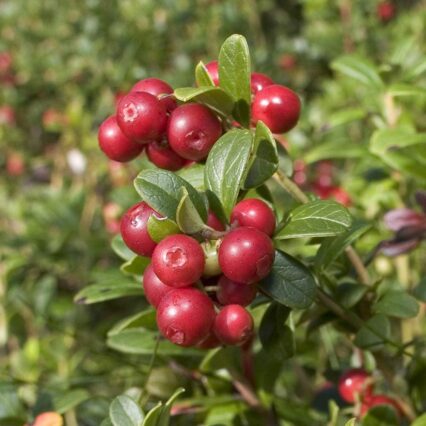It is time to think outside the box and get creative with your garden. Why not try growing cranberry bushes in the UK? Not only are they aesthetically pleasing, with their leafy foliage and bright red berries, but they are also a great source of nutrition.
With their high content of vitamins and minerals, cranberries can make for a delicious addition to a wide range of recipes. Plus, by growing them yourself, you can be sure that what you are consuming is fresh, organic and of the highest quality.
Cranberries are a tart tasting fruits that are full of goodness, and growing cranberries bushes at home is a tasty way to supplement your autumn winter fruit.

Cranberries are native to cooler climates, and can be found growing wild in the north of the UK and in Scotland. They can easily be grown at home, either in the garden or planted in pots.
To grow your own cranberries, you will need acidic soil. If you have acidic garden soil, then great. If not, you can buy ericaceous (acidic) compost from garden centres, and grow cranberries in pots.
Planting Cranberry Bushes
Cranberries like a moist, but well-drained, sunny position. They should be set 90cm apart if planted in the garden to allow the bushes to spread.
Cranberry bushes grow to around 20cm tall and have a spread of around 3ft when planted directly into the garden soil. Like strawberry plants, cranberries send out runners that can either be pegged to the soil to create new plants or pruned off to control the spread.
If you are planting in garden soil that is not acidic, dig in plenty of ericaceous compost or leaf mould. Once planted, apply a mulch of acidic bark. This will help to keep the soil around the roots nice and acidic for longer, and also help to keep the moisture in the soil.
Growing Cranberries in Pots
If you want to grow cranberries in pots, then choose a pot that is around 2ft square and that has some good holes in the bottom for drainage. Put a few pieces of broken pot or some chunky gravel in first, again to help with the drainage.
Add ericaceous compost and plant the cranberry bush so that the compost is around 5cm below the top of the pot. Water well.
Caring for Cranberry Plants
For cranberries grown in pots, refresh the top layer of compost during January or February. Remove the first 5cm of compost carefully, and then add a new layer.
If you have planted cranberry bushes in the garden, they will need a fresh mulch of acidic bark applied in January or February each year, and also an acid based fertiliser. This will help the plants to get a good start in spring.
Once the growing season begins in spring, remove any damaged stems. You can expect to harvest cranberries in September to October, and it is a good idea to cover cranberry bushes with netting to prevent birds from eating all your fruit!
Storing Cranberries
Fresh cranberries can be stored for over a month in the fridge in an airtight container. Or take it a step further and freeze or dry the cranberries for use at any time you desire. Cranberries offer a wide variety of benefits, so don’t let them go to waste!


